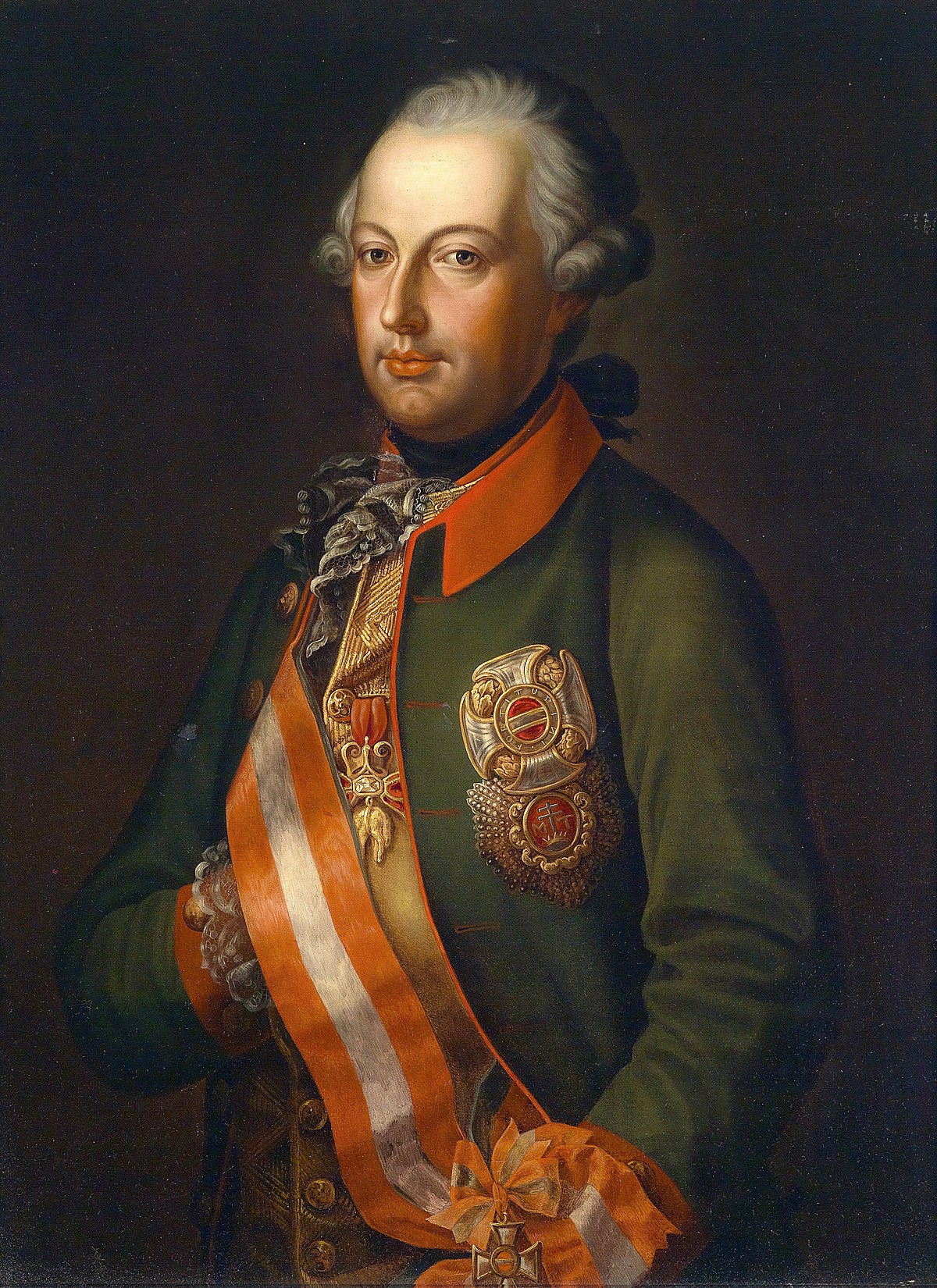Fundus religionis (1782-1790) – Wien
Fact of the Hungarian figure „Hungarian galley slaves – 1673”
Part of the „Religious tolerance and intolerance” topic
The Fundus Religionis (1782-1790) was part of the broader reforms initiated by Emperor Joseph II, following in the footsteps of his mother, Maria Theresa, in modernizing the Habsburg Monarchy through enlightened absolutism. A significant focus of these reforms was the Catholic Church, whose wealth and influence were seen as both a support and a challenge to state power. Both Maria Theresa and Joseph II sought to limit the Church’s dominance, redirecting its wealth and influence toward state-driven goals such as education and social welfare.
One of the key initiatives was the creation of public foundations, or funds, intended to support educational and cultural development. These funds included the Study Fund, established in 1773 by Maria Theresa from the wealth of the disbanded Jesuit order, aimed at improving secondary education and supporting students. Similarly, the University Fund, established in 1778, transferred the assets of the dissolved Pécsvárad Benedictine Abbey to support higher education.
The Fundus Religionis was specifically established by Joseph II’s decree on September 10, 1782, using the wealth of disbanded monasteries and religious houses to support Catholic religious purposes, primarily the establishment of new parishes. This fund was connected to the Clerical Treasury, which had been created by Charles III in 1733 to support poorer parish priests. The assets of dissolved monasteries, suppressed priories, and other vacant church properties were pooled into this religious fund. Even funds raised through public auctions of religious objects like chalices and artworks, though often scattered, were channeled into this central resource.
These reforms were motivated not only by the desire to curtail the Catholic Church’s power but also by the practical need to mobilize its significant resources—estimated at four million florins annually and employing nearly ten thousand educated individuals—toward the state’s modernization efforts. Joseph II sought to nationalize religious influence, cutting ties with foreign entities, eliminating wealth accumulation within the Church, and putting idle monastic clergy to work. He also emphasized the expansion of parish churches in rural areas and encouraged priests to take on more active roles in public education.
The Fundus Religionis represented a step toward state-controlled religion, allowing Joseph II to redistribute religious wealth to meet the needs of his centralizing state. It also marked a continuation of the Patent of Toleration, which had already granted limited religious freedoms to non-Catholic Christians. However, while the Fundus aimed at controlling and managing the Church’s internal resources, it did not establish full religious equality, especially for Jews and non-Christians, reflecting the broader limitations of Joseph’s reforms.
These reforms, however, did have an enduring impact. The Fundus Religionis and related measures contributed to the gradual secularization of Central European society and set the stage for later developments in religious tolerance and state-religion relations across the Habsburg territories and beyond.





